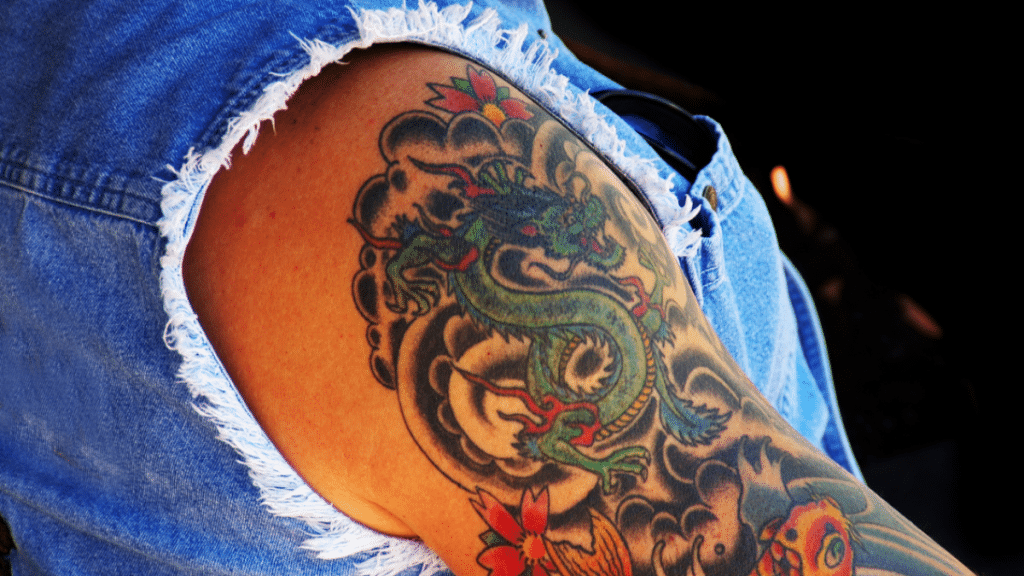Choosing to get a tattoo is a lifelong and personal choice. While the excitement of choosing ink can be strong, it’s important to slow down and think it through. A tattoo becomes a part of your story, your body, and your style, so the design should be something you connect with on more than just a visual level. Whether you’re getting your first tattoo or planning your next, considering the right factors will help you avoid regrets and make a confident choice.
In this article, we’ll go over the key things you should think about before deciding on any tattoo designs. These points will help you choose something that looks great, feels meaningful, and stands the test of time.
Know the Meaning Behind the Tattoo
One of the most important things to consider is the meaning of your tattoo. While some tattoo ideas are purely artistic or decorative, others carry deep personal, cultural, or emotional significance. Think about what the design represents and how it might reflect your values, beliefs, or life experiences.
Ask yourself: Is this something I’ll still relate to 10 or 20 years from now? Tattoos with personal meaning often age better emotionally than trendy or random designs.
Choose the Right Placement
Just as important as the tattoo’s design is its placement. Different body parts can affect the shape, size, visibility, and even the pain level of your tattoo. For example, forearms and thighs are great for medium to large tattoo designs, while wrists and ankles are better for small, simple ones.
Also, consider your lifestyle and job. If you work in a professional setting where visible tattoos might be an issue, you may want to choose an area that can easily be covered with clothing.
Research Tattoo Styles
There are many tattoo styles—traditional, minimalist, realism, tribal, watercolor, geometric, and more. Each style has its own visual feel and technique. Some tattoo ideas look better in one style over another.
Look at the portfolios of different tattoo artists to see what style they specialize in. Make sure the design you like matches the artist’s strengths. The better the match between style and skill, the better the final tattoo will look.
Consider the Size and Detail
The amount of detail in a tattoo should match its size. Trying to squeeze a highly detailed image into a small space can lead to blurring over time. Fine lines and tiny elements may not hold up well as your skin changes.
If you want a design with many intricate details, it’s usually best to go with a larger size. On the other hand, if you prefer something subtle and small, choose a simpler design that won’t lose its shape over time.
Think Long-Term
Trends come and go, but tattoos are permanent. In a few years, what’s fashionable now might seem archaic. Before getting something popular, ask yourself if you’d still want it if it stopped being “cool.”
Avoid rushing into tattoo ideas just because you saw them on social media. Give yourself time to think it over. The best tattoos are the ones that still feel right weeks or months after you first imagined them.
Be Honest About Your Pain Tolerance
Different parts of the body hurt more than others during a tattoo session. Areas with more bone, like ribs, spine, or ankles, are more painful than fleshier spots like the upper arm or thigh.
Knowing your pain limits can help guide your placement choice and how long you can sit for a session. If you’re nervous, start with a smaller tattoo in a less sensitive area to get a feel for the experience.
Pick the Right Artist
Your choice of tattoo artist matters a lot. Not all artists are equal, and each has their own style, experience level, and approach. Research artists in your area, read reviews, and most importantly, look at their portfolios.
Find someone whose work matches the tattoo designs you like. A good artist will also help you improve or adjust your idea to make it work better on skin. Don’t settle for the cheapest or closest option. It’s better to wait and get the right artist than to rush and regret it later.
Ask Questions and Communicate
Once you choose an artist, have a clear discussion with them before the appointment. Share your ideas, show reference images, and listen to their feedback. Good communication leads to better results.
Ask questions about healing, aftercare, and how the design might change over time. A trustworthy artist will be open and honest with you about what works and what doesn’t.
Budget Properly
High-quality tattoos can be expensive, and they should be. You’re paying for an artist’s time, skill, and experience. Don’t go cheap on something permanent.
Larger or more detailed tattoo designs may take multiple sessions, so factor that into your budget. It’s better to save and get something amazing than to settle for something you’re unsure about just because it’s affordable.
Take Your Time
Finally, don’t rush. Once you’ve found a design you love, sit with it for a while. Print it out, use a temporary version, or keep looking at it every day for a week or two. If you still love it after that, you’re probably ready.
Choosing a tattoo is a big decision, but it should also be a fun and creative experience. When you take the time to explore your options and think things through, you’re more likely to end up with something that you’ll be proud to wear for life.
Conclusion
Choosing the right tattoo is about more than picking a cool picture. It’s a decision that involves thought, planning, and self-awareness. From the meaning and style to placement and artist, every choice you make affects the final result. By considering these key factors, you’ll not only end up with a beautiful piece of art but also a design that truly reflects who you are.
